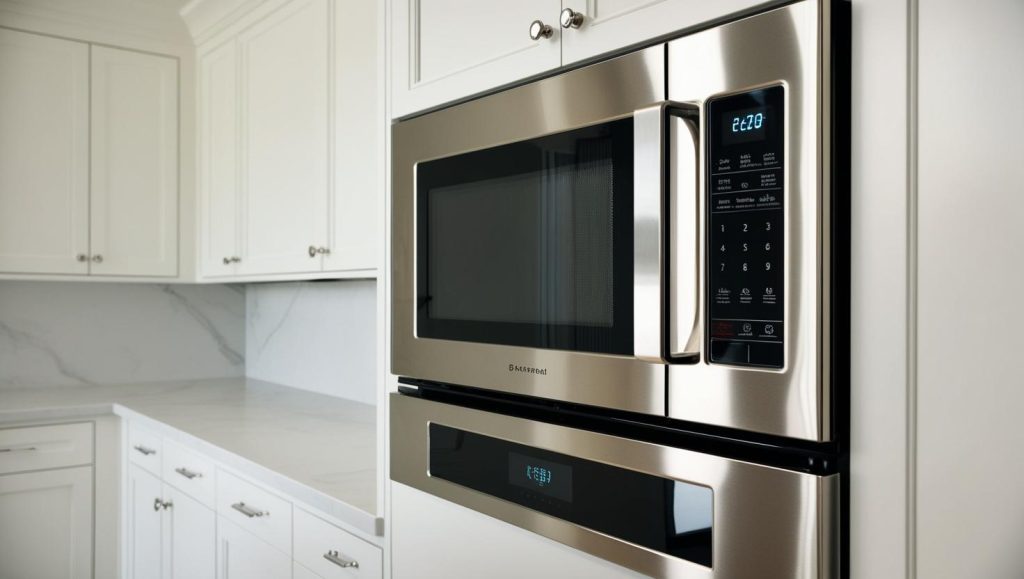Meta Description
Looking for Microwave Devices homework help? This in-depth guide covers microwave principles, types of devices, applications, and key study resources to help you ace your assignments.
Introduction
Microwave technology plays a vital role in modern communication, radar systems, medical devices, and industrial applications. As an engineering student, you may find it challenging to grasp the complex principles governing microwave circuits, waveguides, and active devices. If you’re struggling with assignments, this guide provides Microwave Devices homework help, breaking down key topics, explaining important concepts, and linking to valuable resources for further learning.

Understanding Microwave Devices
Microwave devices operate within the microwave frequency range (300 MHz to 300 GHz), making them essential in telecommunications, defense, and satellite communications. These devices include passive components like waveguides, resonators, and filters, as well as active components such as microwave transistors, diodes, and amplifiers.
🔗 Resource: Microwave Fundamentals – Electronics Notes
Key Characteristics of Microwave Devices
- High-frequency operation: Enables efficient wireless communication.
- Short-wavelength properties: Facilitates miniaturization in modern electronics.
- Directional propagation: Reduces interference in transmission.
- Low power loss: Improves energy efficiency in communication systems.
Types of Microwave Devices
Microwave devices can be categorized into passive and active components, each serving a unique role in microwave circuits.
1. Passive Microwave Devices
These components do not require external power to function. They manipulate microwave signals through reflection, refraction, and absorption.
a. Waveguides
Waveguides are hollow metallic structures that guide microwave signals efficiently with minimal loss. They are commonly used in:
- Radar systems
- Satellite communications
- Antenna feed networks
🔗 Resource: Waveguides in Microwave Communication – ScienceDirect
b. Microwave Filters
Filters allow specific frequency ranges to pass while blocking unwanted signals. Types include:
- Low-pass filters – Block high-frequency signals.
- High-pass filters – Block low-frequency signals.
- Band-pass filters – Allow only a selected frequency range.
🔗 Resource: Microwave Filter Design – IEEE Xplore
c. Microwave Resonators
Resonators store electromagnetic energy and are used in oscillators and filters. Common types include:
- Dielectric resonators – Used in microwave oscillators.
- Cavity resonators – Found in radar and satellite communication.
2. Active Microwave Devices
Active devices amplify or generate microwave signals and require external power to operate.
a. Microwave Diodes
- Gunn Diodes – Used in microwave oscillators.
- Schottky Diodes – Used in mixers and detectors.
- PIN Diodes – Used in RF switching applications.
🔗 Resource: Introduction to Microwave Diodes – All About Circuits
b. Microwave Transistors
Microwave transistors amplify signals in high-frequency circuits. Common types include:
- Bipolar Junction Transistors (BJTs) – Used in microwave amplifiers.
- Field-Effect Transistors (FETs) – Enhance power efficiency in wireless communications.
🔗 Resource: Microwave Transistors – RF Globalnet
c. Microwave Tubes
While solid-state devices dominate modern electronics, microwave tubes are still used in high-power applications. Examples include:
- Magnetrons – Used in microwave ovens and radar systems.
- Klystrons – Found in satellite and TV transmitters.
- Traveling Wave Tubes (TWTs) – Used in space communication.
🔗 Resource: Working of Microwave Tubes – NASA Technical Reports
Common Topics in Microwave Devices Homework
1. Microwave Propagation and Transmission Lines
Assignments often involve analyzing how microwaves propagate through different mediums, such as:
- Rectangular and circular waveguides
- Coaxial cables
- Microstrip lines
🔗 Resource: Wave Propagation in Microwaves – ResearchGate
2. Microwave Network Theory
Microwave circuits are described using:
- Scattering Parameters (S-parameters) – Represent signal reflection and transmission.
- Impedance Matching – Ensures minimal signal loss.
🔗 Resource: S-Parameters Explained – Keysight
3. Microwave Antennas
Understanding microwave antennas is crucial for wireless communication applications. Key topics include:
- Horn antennas
- Patch antennas
- Parabolic reflectors
🔗 Resource: Microwave Antennas – ARRL
4. Microwave Amplifier Design
Amplifier circuits boost weak microwave signals. Important concepts include:
- Low Noise Amplifiers (LNA) – Minimize signal distortion.
- Power Amplifiers – Enhance transmission strength.
🔗 Resource: Microwave Amplifier Design – Springer
Common Challenges in Microwave Devices Homework
1. Complex Mathematical Derivations
Solution: Break down equations into simpler components and use MATLAB simulations.
2. Difficulty Understanding S-Parameters
Solution: Practice circuit analysis using RF design software like ADS (Advanced Design System) or HFSS.
3. Limited Hands-On Experience
Solution: Use online microwave circuit simulators such as Keysight PathWave.
🔗 Resource: RF and Microwave Circuit Simulation – Keysight
Best Study Strategies for Microwave Devices Homework Help
1. Use Online Simulation Tools
Practical applications make complex theories easier to grasp.
- MATLAB for microwave circuit analysis
- HFSS for antenna design
2. Refer to Open-Source Lecture Notes
Several universities provide free learning materials on microwave engineering.
🔗 Resource: MIT OpenCourseWare – Microwave Engineering
3. Join Online Study Groups
- Reddit – r/ElectricalEngineering
- IEEE Student Community
4. Seek Professional Homework Help
If you’re stuck, consider using online tutoring platforms like:
- Chegg Tutors
- Wyzant
- Course Hero
Conclusion: Mastering Microwave Devices
Microwave technology is a rapidly evolving field with applications in communication, defense, and medicine. By understanding the core principles of microwave devices and practicing with real-world applications, students can excel in their coursework.
If you need Microwave Devices homework help, utilize the resources, study techniques, and online tools mentioned in this guide to improve your understanding and complete your assignments effectively.


